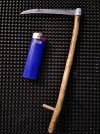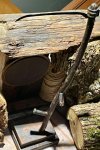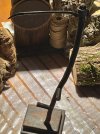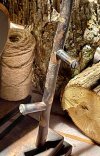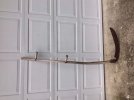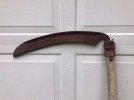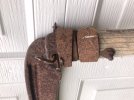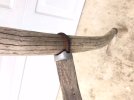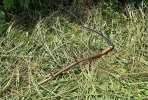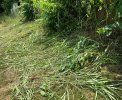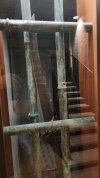After YEARS of being unable to supply them, Seymour just filled a backorder for No.1 snath blanks that we've had open since 2022.
• In 2019 and 2020 they couldn't find any logs of suitable grade.
• In 2021 they found a suitable log, but the underwater logging company couldn't retrieve it due to the surrounding embankments being too swampy and soft for their equipment.
• In 2022 they tried using conventional ash, but due to the emerald ash borer much of the ash in the Indiana region is standing dead, and was only around 15% moisture content. They tried to bend 60 staves and only 5 survived, in noticeably worse condition than usual. They sent us the 5x and we sold 4 and saved one in case it was the very last one they ever made.
• In 2023 through to present, we kept checking in, and heard they were looking into alternative woods and building a soaking tank, but nothing seemed to come of it.
• Just a few days ago we received a mysterious bill from them that was higher than we expected for the order we had open. Turned out they managed to finally get a suitable batch of wood and had finally been able to bend a bunch. Thank goodness they didn't disappear for good like I'd feared!

